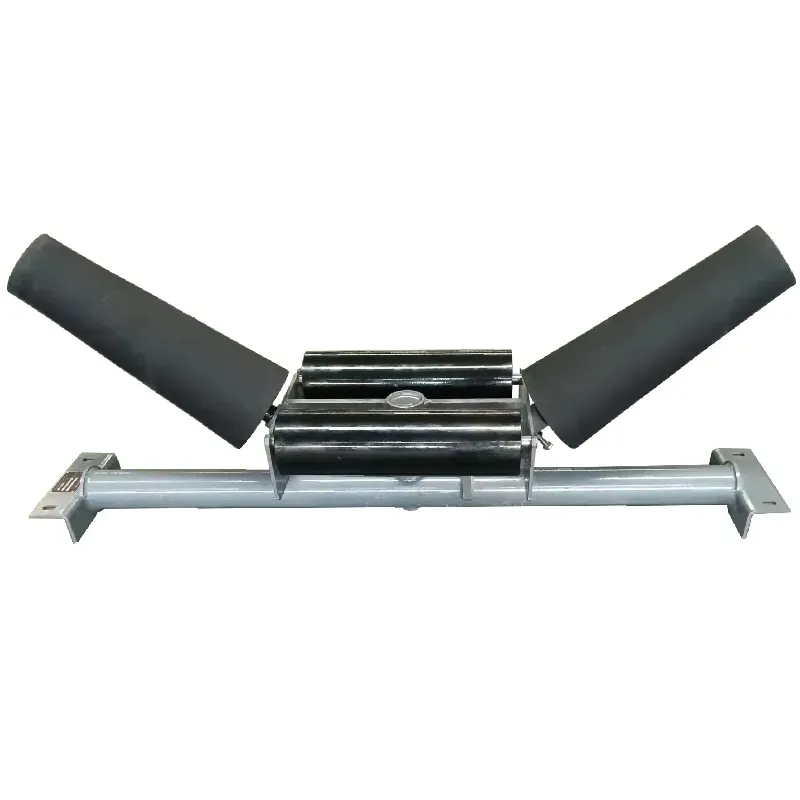 Afrikaans
Afrikaans  Albanian
Albanian  Amharic
Amharic  Arabic
Arabic  Armenian
Armenian  Azerbaijani
Azerbaijani  Basque
Basque  Belarusian
Belarusian  Bengali
Bengali  Bosnian
Bosnian  Bulgarian
Bulgarian  Catalan
Catalan  Cebuano
Cebuano  Corsican
Corsican  Croatian
Croatian  Czech
Czech  Danish
Danish  Dutch
Dutch  English
English  Esperanto
Esperanto  Estonian
Estonian  Finnish
Finnish  French
French  Frisian
Frisian  Galician
Galician  Georgian
Georgian  German
German  Greek
Greek  Gujarati
Gujarati  Haitian Creole
Haitian Creole  hausa
hausa  hawaiian
hawaiian  Hebrew
Hebrew  Hindi
Hindi  Miao
Miao  Hungarian
Hungarian  Icelandic
Icelandic  igbo
igbo  Indonesian
Indonesian  irish
irish  Italian
Italian  Japanese
Japanese  Javanese
Javanese  Kannada
Kannada  kazakh
kazakh  Khmer
Khmer  Rwandese
Rwandese  Korean
Korean  Kurdish
Kurdish  Kyrgyz
Kyrgyz  Lao
Lao  Latin
Latin  Latvian
Latvian  Lithuanian
Lithuanian  Luxembourgish
Luxembourgish  Macedonian
Macedonian  Malgashi
Malgashi  Malay
Malay  Malayalam
Malayalam  Maltese
Maltese  Maori
Maori  Marathi
Marathi  Mongolian
Mongolian  Myanmar
Myanmar  Nepali
Nepali  Norwegian
Norwegian  Norwegian
Norwegian  Occitan
Occitan  Pashto
Pashto  Persian
Persian  Polish
Polish  Portuguese
Portuguese  Punjabi
Punjabi  Romanian
Romanian  Russian
Russian  Samoan
Samoan  Scottish Gaelic
Scottish Gaelic  Serbian
Serbian  Sesotho
Sesotho  Shona
Shona  Sindhi
Sindhi  Sinhala
Sinhala  Slovak
Slovak  Slovenian
Slovenian  Somali
Somali  Spanish
Spanish  Sundanese
Sundanese  Swahili
Swahili  Swedish
Swedish  Tagalog
Tagalog  Tajik
Tajik  Tamil
Tamil  Tatar
Tatar  Telugu
Telugu  Thai
Thai  Turkish
Turkish  Turkmen
Turkmen  Ukrainian
Ukrainian  Urdu
Urdu  Uighur
Uighur  Uzbek
Uzbek  Vietnamese
Vietnamese  Welsh
Welsh  Bantu
Bantu  Yiddish
Yiddish  Yoruba
Yoruba  Zulu
Zulu belt guide rollers
Understanding Belt Guide Rollers A Crucial Component in Conveyor Systems
Belt guide rollers play a vital role in the functionality and efficiency of conveyor systems. These components are designed to ensure that belts operate smoothly and remain correctly aligned during their course of operation. Whether in manufacturing, warehousing, or materials handling, belt guide rollers contribute significantly to the overall performance and longevity of conveyor systems.
What are Belt Guide Rollers?
Belt guide rollers are cylindrical components that help guide the conveyor belt along its designated path. They are usually made of high-quality materials such as steel, aluminum, or plastic, which offer durability and resistance to wear and tear. Their primary function is to support and stabilize the belt, preventing it from drifting off course, which can cause operational inefficiencies and safety hazards.
Importance of Proper Alignment
One of the most critical functions of belt guide rollers is maintaining proper alignment of the conveyor belt. An improperly aligned belt can lead to several issues, including uneven wear, increased energy consumption, and in some cases, even damage to the belt itself. This misalignment can cause the belt to shift off its intended path, leading to potential downtimes and increased maintenance costs. Therefore, the installation of high-quality guide rollers is essential for ensuring that the belt runs smoothly and efficiently.
Types of Belt Guide Rollers
Belt guide rollers come in various types and designs, catering to different needs and applications. The most common types include
belt guide rollers

1. Fixed Guide Rollers These are stationary components that provide continuous support to the belt. They are often used in straight conveyor runs and are designed to handle a variety of belt widths.
2. Adjustable Guide Rollers These are versatile and can be adjusted to different positions on the conveyor system. This feature allows for greater flexibility when setting up the conveyor to handle varying product sizes and weights.
3. Return Rollers Located at the tail end of the conveyor, these rollers support the return portion of the belt, ensuring that it travels smoothly back to the loading area without sagging.
Maintenance and Longevity
To ensure optimal performance, regular maintenance of belt guide rollers is crucial. This includes inspecting for wear and tear, lubricating moving parts, and checking alignment and tension. A well-maintained roller not only prolongs the life of the belt but also enhances the efficiency and safety of the entire conveyor system.
Conclusion
In conclusion, belt guide rollers are critical components that ensure the smooth operation of conveyor systems. By maintaining proper belt alignment, they help prevent costly misalignments and improve the overall efficiency of material handling. Understanding the various types of belt guide rollers and their maintenance requirements can significantly affect the performance and longevity of conveyor systems. Investing in high-quality guide rollers and adhering to a regular maintenance schedule will result in enhanced productivity and reduced operational costs in the long run. Whether in an industrial warehouse or a manufacturing facility, the importance of these small yet significant components cannot be overstated.
-
Revolutionizing Conveyor Reliability with Advanced Rubber Lagging PulleysNewsJul.22,2025
-
Powering Precision and Durability with Expert Manufacturers of Conveyor ComponentsNewsJul.22,2025
-
Optimizing Conveyor Systems with Advanced Conveyor AccessoriesNewsJul.22,2025
-
Maximize Conveyor Efficiency with Quality Conveyor Idler PulleysNewsJul.22,2025
-
Future-Proof Your Conveyor System with High-Performance Polyurethane RollerNewsJul.22,2025
-
Driving Efficiency Forward with Quality Idlers and RollersNewsJul.22,2025





























